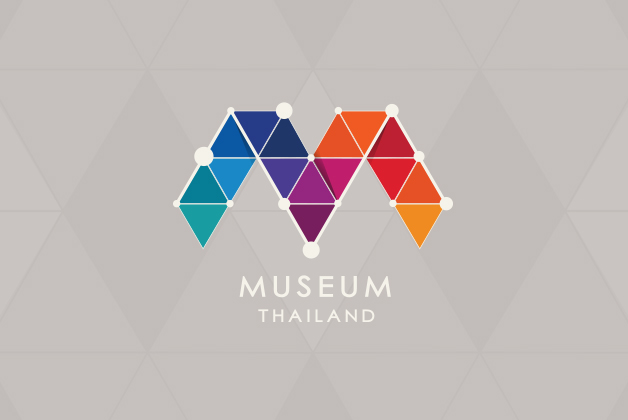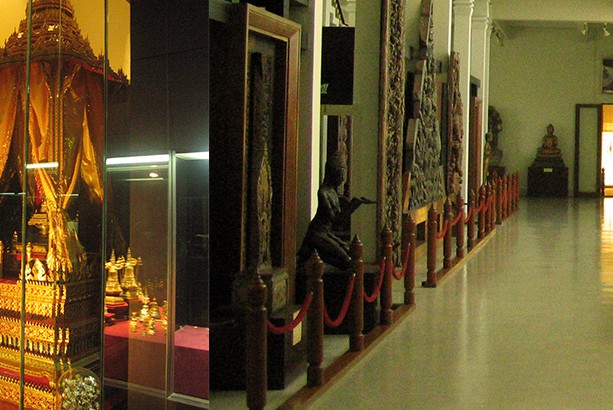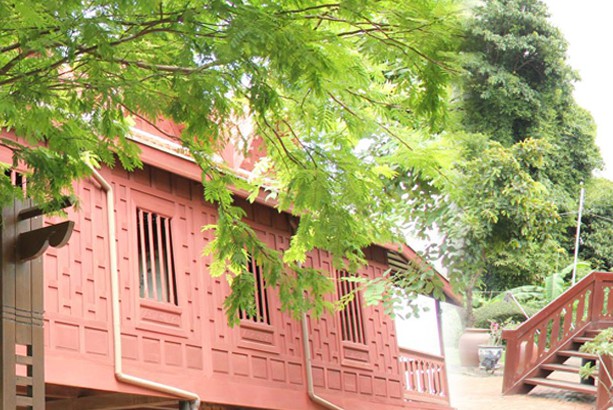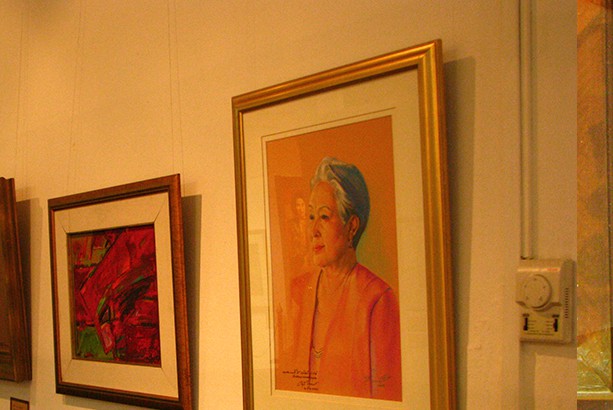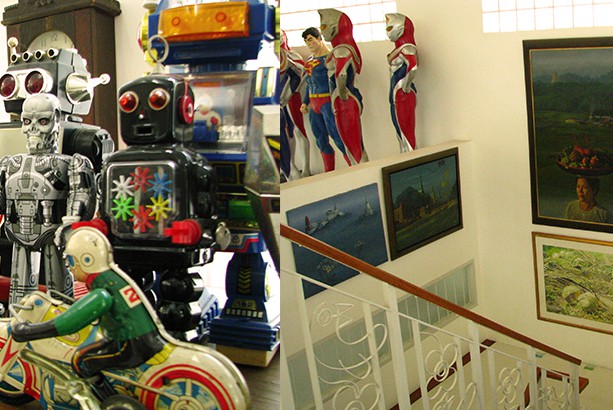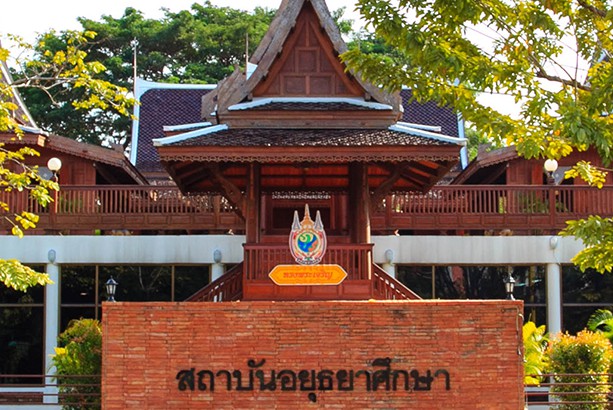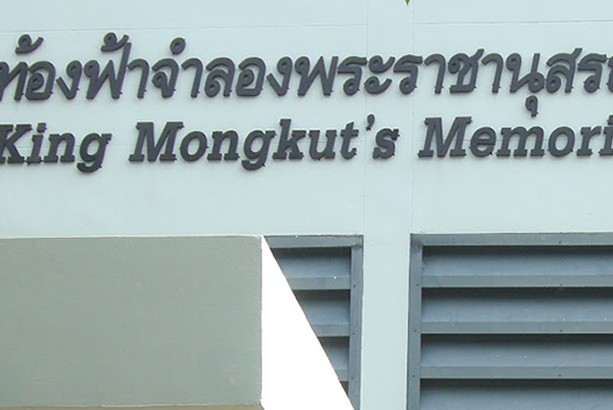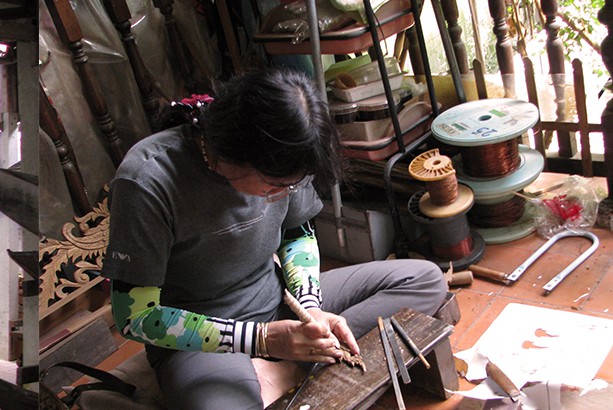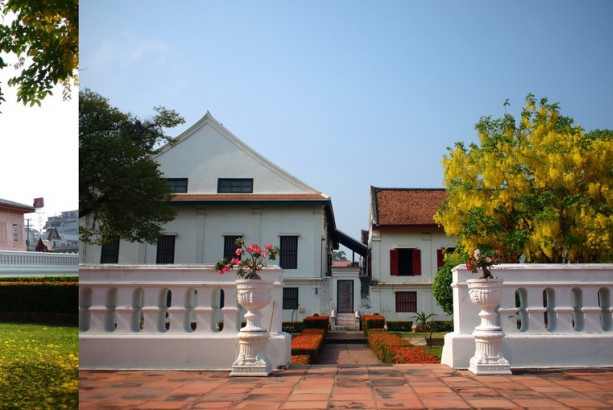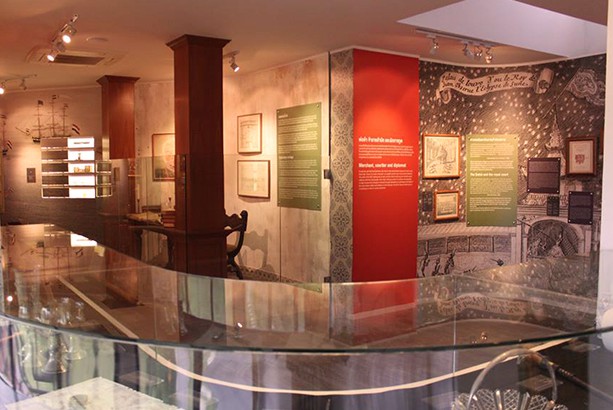Information
Well renowned as the old capital city with the longest history of Thailand, Phra Nakhon Si Ayutthaya lasted for 417 years through the reign of 33 kings. Through these golden ages, the ancestors had left behind a wide array of priceless heritage, ranging from architecture, historical sites, archeological finds, art objects to cultural identity. Stretching across the 3,000-rai plot of land, Fine Arts Department begun the conservation for archeological sites of Phra Nakhon Si Ayutthaya under the Ayutthaya Historical Park Project in 1982. Later in 1991, the Ayutthaya Historical Park was declared as a UNCESCO World Heritage Site, along with the Sukhothai Historical Park, Si Satchanalai Historical Park and Kamphaeng Phet Historical Park, by the United Nation Educational, Scientific and Cultural Organization (UNESCO).
Ayutthaya Historical Park consists of 425 unearthed archaeological sites, which are located within and outside the city wall, with main highlights as follows:
The Royal Chapel, situated on the north of Wat Phra Si Sanphet on the bank of Lopburi River, is currently apparent in ruins, which were once the foundation of throne halls. Visitors will observe historical sites that were damaged by the great fire that broke out during the second defeat of Ayutthaya Kingdom. The Royal Chapel was built in the era of King Borom Trai Lokkanat as he had granted a conversion of the royal house built during the reign of King Ramathibohi I (King U-Thong) into Wat Phra Si Sanphet.
Wat Phra Si Sanphet is considered the most important temple of Ayutthaya Kingdom. Originally, King Ramathibohi I (King U-Thong) commanded the construction of the royal house in this area in which King Borom Trai Lokkanat had later granted the use of residence as the royal temple with the aim to facilitate the operations of important royal ceremonies and merit making ceremonies.
Wat Ratchaburana was founded by King Borom Rachathirat II (Chao Sam Phraya) in 1424 on the area used as the cremation site for Chao Ai Phraya and Chao Yi Phraya, his two elder brothers, who fought and died for a throne.
Vihara Phra Mongkol Bophit houses one of Thailand’s largest bronze Buddha images. The site is distinct with the early Ayutthaya architectural style. In 1956, Field Marshal Plaek Phibunsongkhram, the then prime minister, had commanded the renovation into the current condition.
Furthermore, there are other archaeological sites within the Ayutthaya Historical Park, such as Wat Mahathat, Wat Phra Ram, Wat Chaiwatthanaram, Wai Yai Chai Mongkhon, Wat Phanan Choeng, Wat Thammikarat, etc.
Management
Organization Museum
Map
Address And Contact Number
Telephone : 035-242 286
Fax : 035-242 284
Website : http://www.finearts.go.th/ayutthayahistoricalpark
Email : ayh_hispark@hotmail.com
Operating hours
8.00 am - 6.00 pm daily
Admission fee
Thai 10 baht, Foreigner 50 baht
Getting There
From Bangkok, private car can use any of the following routes:
First: Highway 1 (Phaholyothin Road), continue and pass Pratunam Phra-in and enter Highway 32. Turn left to Highway 309 toward Phra Nakhon Si Ayutthaya Province.
Second: Highway 304 (Chaengwattana Road) or Highway 302 (Ngamwongwan Road). Turn right to Highway 306 (Tiwanon Road) and cross the Nonthaburi Bridge or Nuan Chawee Bridge. Continue on the Pathum Thani-Sam Khok-Sena route (Highway 3111). Turn right at Sena District to Highway 3267 toward Phra Nakhon Si Ayutthaya Province.
Third: Highway 306 (Bangkok-Nonthaburi-Pathum Thani). At Pathum Thani Bridge Junction, turn to Highway 347 and further to enter Highway 3309. Pass the Bangsai Royal Folk Arts and Crafts Centre in Bang Pa-in District and head toward Phra Nakhon Si Ayutthaya Province.
Proper for General Public
Proper for Children
Credit Card
Advanced Booking
Recommended for group visit
Disability Information
-
FACILITY
Available





 ขยายขนาดตัวอักษร
ขยายขนาดตัวอักษร



 เพิ่มระยะห่างตัวอักษร
เพิ่มระยะห่างตัวอักษร

 เส้นช่วยในการอ่าน
เส้นช่วยในการอ่าน
 เน้นการเชื่อมโยง
เน้นการเชื่อมโยง
 ปรับชุดสี
ปรับชุดสี








 NIGHT AT THE MUSEUM FESTIVAL
NIGHT AT THE MUSEUM FESTIVAL  E-Shopping
E-Shopping 
